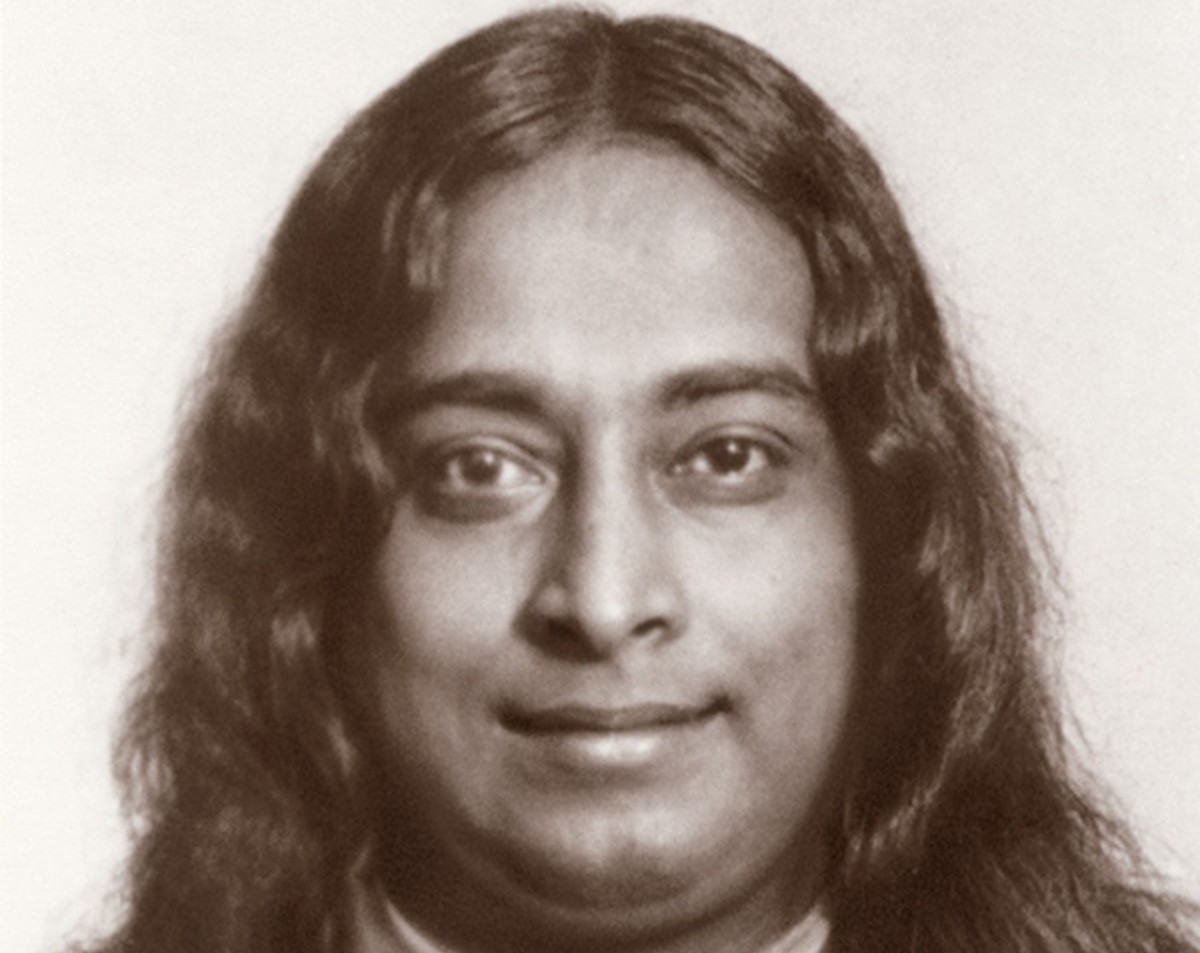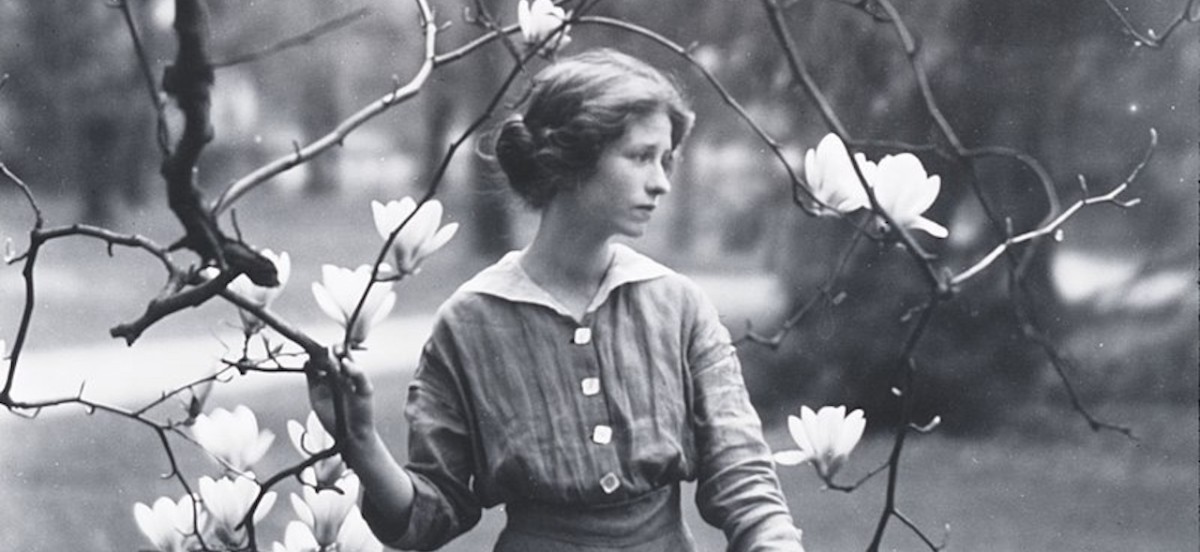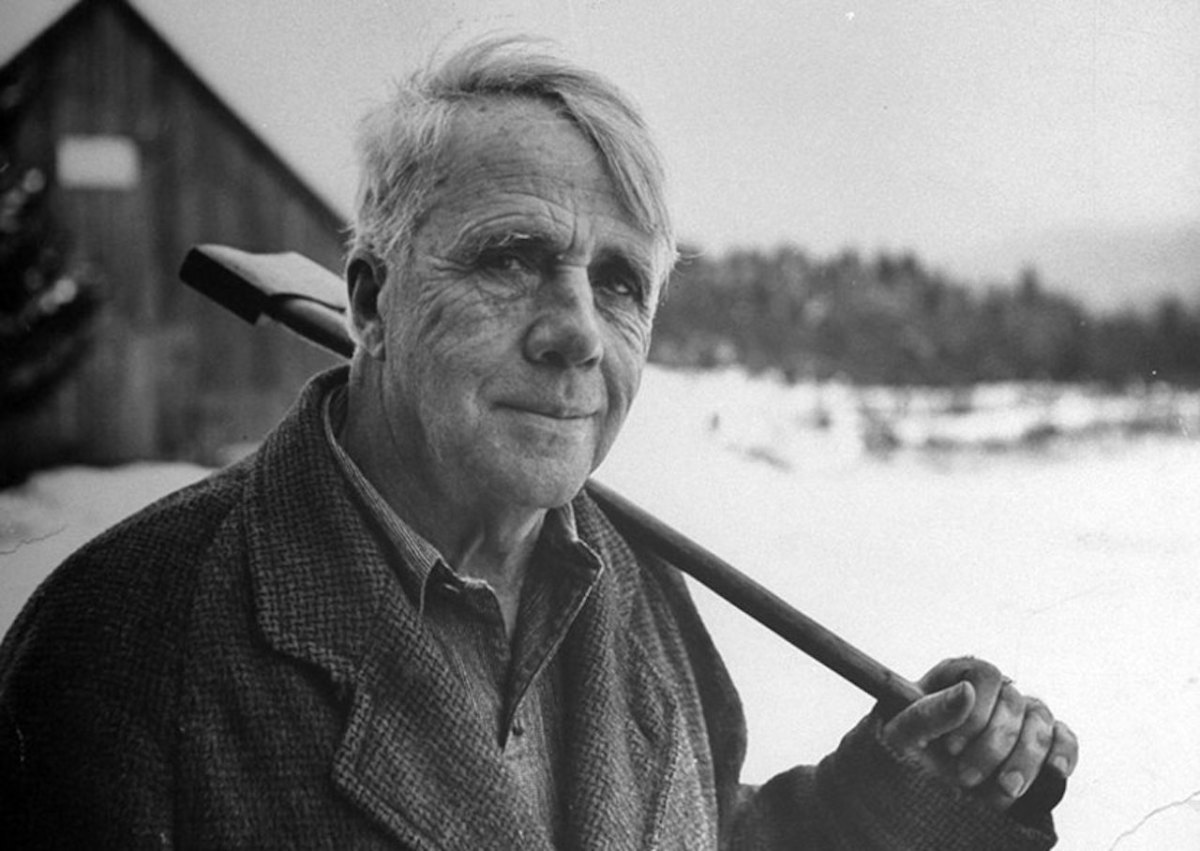Paramahansa Yogananda's "Friendship"

Introduction and Excerpt from "Friendship"
Paramahansa Yogananda's poem, "Friendship," features nine movements of varying lengths. It sprawls across the page in a Whitmanesque manner, which is so befitting the subject of the discourse.
The speaker in this poem offers an uplifting dramatization focusing on the unique relationship that exists between friends. His drama reveals also how friendship serves a special rôle in bringing about soul progress for those who have chosen to follow a spiritual path.
Excerpt from "Friendship"
Is friendship the weaving of the red strings of two hearts?
Is it the blending of two minds into a spacious one‐mind?
Is it the spouting of love founts together
To strengthen the rush of love on droughty souls?
Is it the one rose grown 'twixt twin mind‐branchlets
Of one compassionate stem?
Is it the one thinking in two bodies?
(Please note: This poem appears in Paramahansa Yogananda's Songs of the Soul, published by Self-Realization Fellowship, Los Angeles, CA, 1983 and 2014 printings. A slightly different version of this commentary appears in my publication titled Commentaries on Paramahansa Yogananda’s Songs of the Soul.)
Commentary on "Friendship"
The speaker in Paramahansa Yogananda's poem, "Friendship," explores and dramatizes the unique bond that exists between true friends and reveals its rôle in serving each individual’s soul progress.
First Movement: What Is Friendship?
The speaker begins by posing five rhetorical questions in the opening movement—each question heralds an answer in the affirmative. Thus, he is, in fact, stating that friendship is the "weaving of the red strings of two hearts." Friendship is also a "melding of two minds."
The love between two friends pours forth like water from fountains, and that friendship resembles a rose growing between two "mind-branchlets." Best of all, the speaker avers that friendship is "the one thinking in two bodies." And that one is the Divine Reality, the Creator of humankind and all of the cosmos.
Second Movement: Rhetorical Possibilities
Continuing with the rhetorical questions that dramatically suggest a definition of friendship, the speaker contends that friendship resembles two strong stallions, "Pulling the chariot of life together / To that one Goal." The speaker uses the entire stanza to dramatize the chariot metaphor.
Third Movement: As the Deluded Mind Engages
The speaker then offers some unpleasant possibilities regarding the nature of friendship, ones that deluded humankind often engages instead of the noble ones.
Sometimes so-called friendship exists between two people wherein one merely takes advantage of the other. Other times, people not of good will unite and blindly follow a warped ideology and both end up "falling at last into pits of disillusionment."
Fourth Movement: Difference and Harmony
The speaker now offers his descriptions of what friendship really is—it "is noble, fruitful, holy." And although the two "march in difference," they yet do so "in harmony." They are able to agree and disagree, while "improving diversely."
The idealism portrayed in each movement of this poem remains a goal of perfection made specific through the various images such a pulling a chariot, marching together though different, as the individuals involved continue to grow better in different ways according to their own style and path.
Fifth Movement: True Friendship
In true friendship, one does not seek his own comfort at the cost of the other. Each looks out for the other, and "in that garden of selflessness, / Fragrant friendship perfectly flowers." Continuing the garden metaphor, the speaker asserts, "[f]or friendship is a hybrid, born of two souls."
No two people can think and act as an undifferentiated unit, but each member of the friendship circle can offer assistance, respect, and love that flows from an unselfish character. Just as selfishness blights any relationship, it utterly destroys any hope of friendship between and/or among individuals.
The speaker is describing the class of friendship that exists between two already like-minded individuals.
Sixth Movement: Hidden Influence of Friendship
Continuing his positive assertions, the speaker avers that friendship comes from a place that is hidden and inexplicable, but it is also the fountain of true feelings. And just as gardens need both rain and sunshine to thrive, friendships grow in both likeness and difference.
However, familiarity and lust kill friendship, as do crass narcissism and egotism, while friendship will shoot up "tall and sturdy" as the friends learn to recognize their unity on the three levels of being: physical, mental, and spiritual.
The obverse of friendship is, in fact, familiarity; too often it is familiarity that causes one individual to attempt to influence the other in negative ways because of the mere ego boosting qualities of familiarity.
Lust of any stripe means to death of any relationship, while passion for a true, spiritual purpose may enhance and vitalize a friendship.
Seventh Movement: Anathemas to Friendship
The speaker then catalogues the qualities that are anathema to friendship: "[d]emands, deception, sordid sense of possession / Courtesy's lack, narrow self-love, suspicion / Thoughtless, sharp-pointed, piercing words." All of these things are "cankers" that destroy friendship.
Each true friend will recognize and avoid such friendship killing qualities as deceiving guile, lack of courtesy, or nasty words, often uttered with hatred and disgust for the purpose of boosting the ego.
If a potential friend engages in such behavior, s/he is revealing the fact that s/he cannot successfully befriend the spiritual aspirant. The God-union seeking individual cannot waste his/her precious time and energy engaging with such a friendship-killing reprobate.
Eight Movement: The Flowering of Friendship
The speaker then returns to the pleasant aspect of friendship and again likens it to a "flowering, heaven-born plant!" The growth of friendship takes place at the soul level "in the soil of measureless love."
While the two friends are seeking their own "soul progress," they can make even faster progress together. Each friend will water and nurture the growth of the other.
Ninth Movement: The Friend of All Friends
Through the friendship of human beings, the blessed Lord comes as on an altar whereon the flowers of the friendship are offered to that "Friend of all friends."
Although each friend will experience his/her relationship with the Ultimate Friend in different ways, the journey together to that sacred union will have been a blessing to both friends, who have remained loyal to their path and to each other.

Related Paramahansa Yogananda Information
- Life Sketch of Paramahansa Yogananda: Father of Yoga in the West Paramahansa Yogananda is the monastic name of Mukunda Lal Ghosh. The sources for this brief life sketch of Paramahansa Yogananda are his Autobiography of a Yogi and the official Self-Realization Fellowship website.
Commentaries on Paramahansa Yogananda Poems
- Paramahansa Yogananda’s "Consecration" In the poem titled "Consecration," which opens Paramahansa Yogananda’s collection of spiritual poetry "Songs of the Soul," the speaker humbly consecrates his works to the Divine Creator. He also lovingly dedicates the collection to his earthly father.
- Paramahansa Yogananda's "The Garden of the New Year" In "The Garden of the New Year," the speaker celebrates the prospect of looking forward with enthusiastic preparation to live "life ideally!"
- Paramahansa Yogananda's "My Soul Is Marching On" This inspirational poem,"My Soul Is Marching On," offers a refrain which devotees can chant and feel uplifted in times of lagging interest or the dreaded spiritual dryness.
- Paramahansa Yogananda’s "When Will He Come?" How to stay motivated in pursuing the spiritual path remains a challenge. This poem, "When Will He Come?," dramatizes the key to meeting this spiritual challenge.
- Paramahansa Yogananda’s "Vanishing Bubbles" Worldly things are like bubbles in the sea; they mysteriously appear, prance around for a brief moment, and then are gone. This speaker dramatizes the bubbles’ brief sojourn but also reveals the solution for the minds and hearts left grieving for those natural phenomena that have vanished like those bubbles.
The Voice of Paramahansa Yogananda
This content is accurate and true to the best of the author’s knowledge and is not meant to substitute for formal and individualized advice from a qualified professional.
© 2025 Linda Sue Grimes








